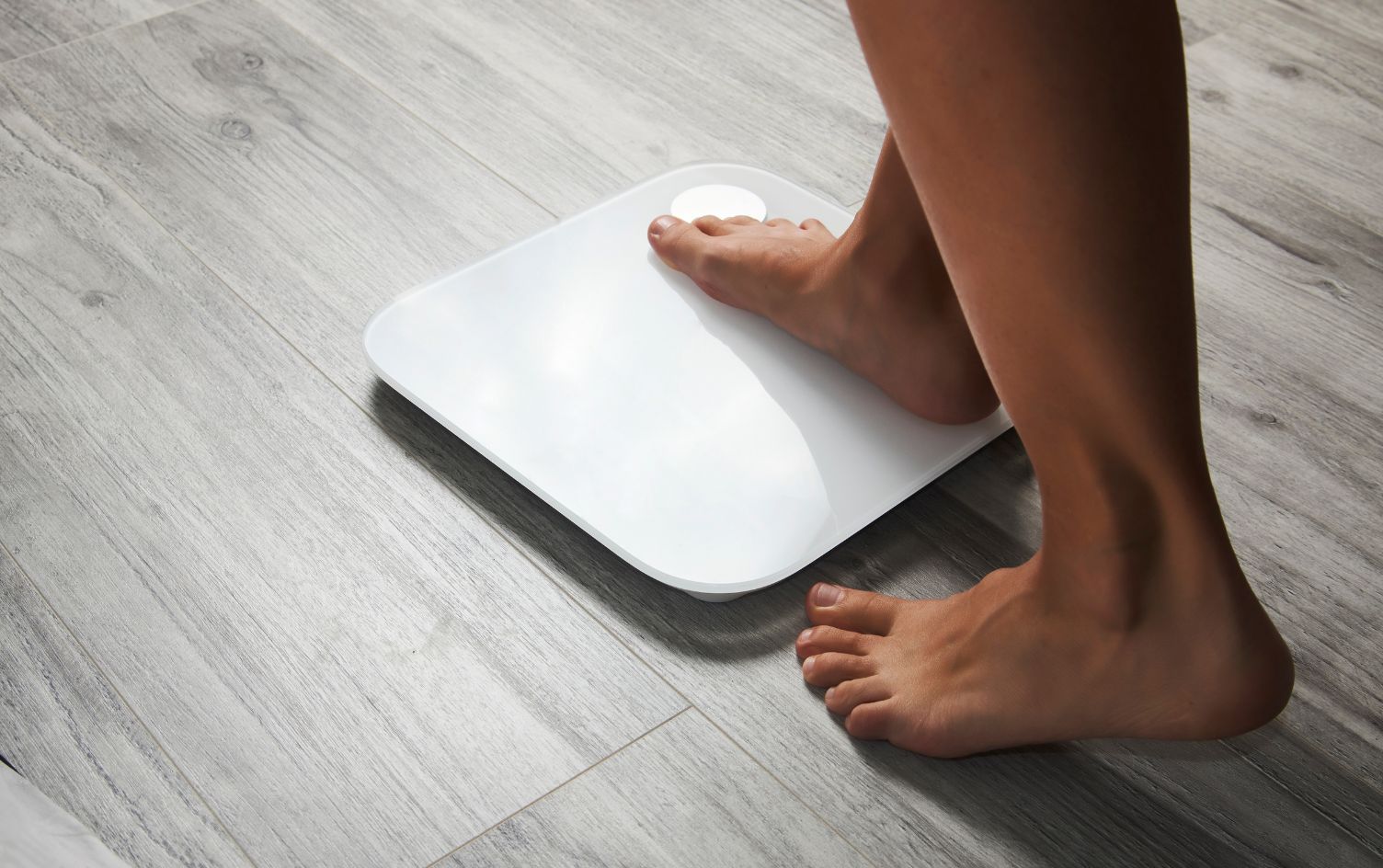On the surface, it might seem cardio is the best option for fat loss. After all, a 155-pound person can expect to burn 372 calories during a 30-minute run at a pace of 6 miles per hour, and only 223 calories during a vigorous 30-minute strength-training session, according to Harvard Health.
However, if you only gauge the effectiveness of strength training by the number of calories you can expect to burn during a single session, you’ll miss out on all the other fat-loss benefits strength training can offer.
“People who don’t lift weights are actually putting themselves at a disservice in the weight-loss category,” says Julie Brown, MS, RD, a certified specialist in sports dietetics and nutrition coaching program manager at Life Time.
AT REST
First, the more muscle you have, the higher your basal metabolic rate (BMR), or the number of calories your body burns at rest. According to a review in Medicine and Science in Sports and Exercise, your BMR eats up a whopping 60–75% of your total daily calorie burn.
Here are some more numbers to know: A pound of muscle burns anywhere from 7–13 calories over a 24-hour period, whereas a pound of fat only burns between 2–5 calories over the same amount of time. “That is a significant difference,” says Michele Olson, PhD, certified strength and conditioning specialist and a senior clinical professor at Huntingdon College in Montgomery, Alabama.
So, if you can maintain or add muscle, you’ll increase the number of calories your body burns at rest, which can help you shed more fat.
AFTER BURN
In addition, you’ll likely burn more calories after a strength-training session than after a run or bike ride. “Cardio doesn’t cause the same stress on the muscle as doing a heavy lift, and that stress causes more turnover in the muscle that then causes greater need for repair,” Brown explains. This repair process uses more energy in the form of calories than a typical cardio session does. As a result, your post-workout calorie burn stays elevated for longer.
LEAN MUSCLE MASS
Strength training can also help prevent the loss of muscle that often happens when people cut calories for weight loss. “Most of us lose some muscle mass as we lose fat mass — it’s simply a scientific fact,” Olson says. “However, when your fat-loss program includes weight training, the muscle loss is minimal-to-none.” In fact, a 2018 review published in the journal Nutrients reveals resistance training helped prevent almost 100% of muscle loss from caloric restriction in elderly obese individuals, while reducing fat mass to the same extent as caloric restriction alone.
THE BOTTOM LINE
Your best bet for fat loss will be to perform a combination of cardio and strength training. After all, one study in BMC Public Health found overweight and obese adults who followed a 12-week cardio and resistance-training program lost more weight than those who only did cardio.
Brown recommends a weekly schedule that looks something like this: strength training 3–4 times per week, cardio 2–3 times per week, active recovery (i.e., yoga, pilates, Walking) one day a week and resting one day a week. If you can, work with a certified fitness professional who can tailor your program to your current fitness level, goals and available time.
There are many strength modalities to choose from, including bodyweight, weight machines, suspension trainers, free weights and Olympic lifting. For an effective, fat-burning strength routine, Olson suggests choosing 8–10 exercises that hit multiple muscle groups (Think: squats, pushups, lunges, chest presses, rows, kettlebell swings and lat pull-downs) and performing a fast-moving circuit. Use a moderately heavy weight that you can lift for 12–18 reps in 30 seconds and move right from one exercise to the next, limiting rest to no more than 20 seconds. Repeat the circuit as many as 7–10 times.




